Glossary of geosynthetics
Geosynthetics is a general term which identifies a broad range of products, such as geogrids, geonets, geomats, geocomposites, geocells, geotextiles, geomembranes that are used in environmental, civil and geotechnical engineering.
GEOGRIDS
Geogrids are manufactured with polymeric materials and are mainly used for the reinforcement; thanks to their structure the soil particles fit in the openings of the geogrid with an improvement of the tensile strength. There are three types of geogrids: extruded, woven and bonded. Geogrids are used for retaining structures (reinforced steep slopes, retaining block walls, panel walls) or roads, railways, large areas and parkings.
Uniaxial geogrid for retaining structures: Tenax TT, Tenax Flexa
Three dimensional geogrids for roads and railways: Tenax 3D GRID
Geogrid for ballast reinforcement: Tenax LBO 370
High Modulus biaxial geogrids for base reinforcement: Tenax LBO HM
Biaxial geogrids for base reinforcement: Tenax LBO
Geogrid with fire retardant for tunnel e mines: Tenax FR 270
Extruded geogrids
Extruded geogrids are manufactured with polymers (usually high density polyethylene or polypropylene) through an extrusion process and a following stretching phase (mono-directional or bi-directional); the stretching phase increases the strength of the geogrids in one direction (longitudinal) or in two directions (longitudinal and transversal).
Extruded grogrids don’t need an additional protection because they are not subject to chemical or biological attack or electrolysis process.
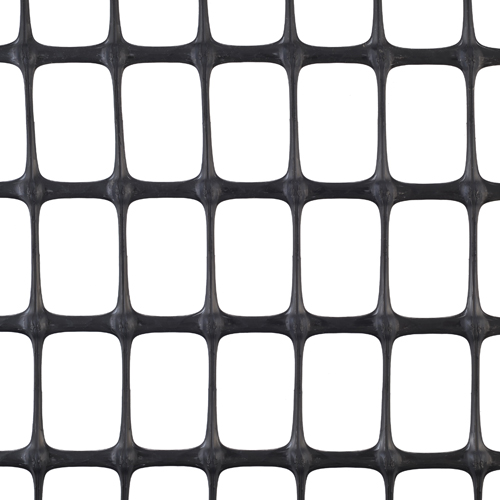
Woven geogrids
Woven geogrids are manufactured with synthetics fibers (usually polyester), are covered with a protective layer that preserve the material from water electrolysis and chemical attack.
Bonded geogrids
Bonded geogrids are manufactured with two or more fibers (usually in polyester) regularly connected with a bounding process; to protect the material they are covered with polyethylene.
GEONETS
Geonets are products manufactured with two or three ribs with variable thickness forming a regular mesh structure. They are manufactured for extrusion of thermoplastic polymers (usually high density polyethylene).
Geonets are used for drainage and are ususally laminated with one or two geotextiles with filter function or with geomembranes for waterproofing. The typical application is the drainage in landfills.
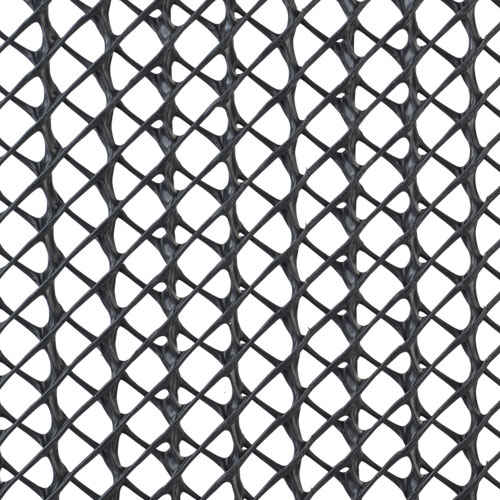
GEOCELLS
Geocells are honeycomb shaped structures manufactured for extrusion or assembling of strips of synthetics materials.
The main application is the soil confinement and are usually used for the erosion control. After the installation are filled with soil that, being confined inside the cell, cannot slide. It is very important that geocell have an aperture between the junctions so to allow hydraulic connection of the cells. Geocells are used for the erosion control in slopes and embankments and as a collector of the biogas in landfills.
Geocells for erosion control: Tenax TENWEB
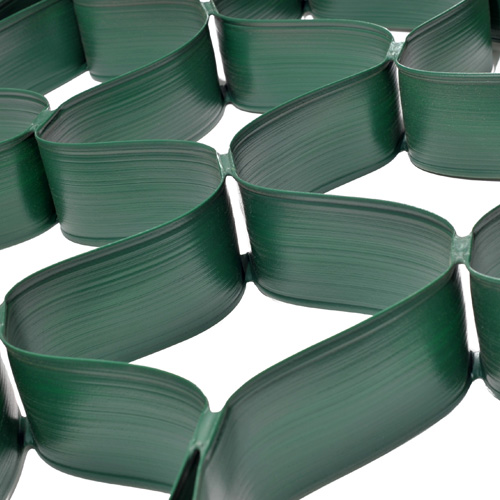
GEOMATS
Geomats are composed of two layers of geogrid above and below a single central layer mechanically folded together; they are used for erosion control of the slopes.
Geomats for erosion control: Tenax MULTIMAT
Reinforced geomats: Tenax MULTIMAT R
Pre-seeded geomat: Tenax MULTIMAT P
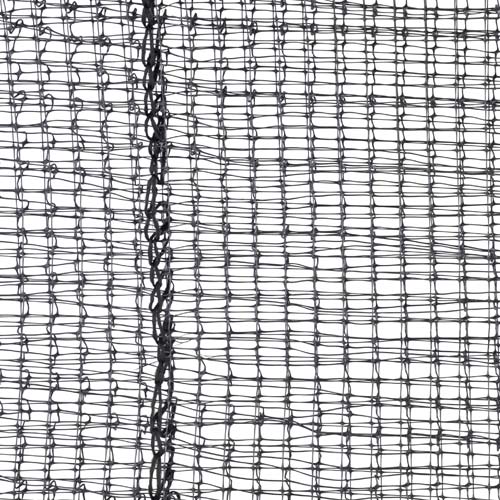
BIOTEXTILES
Biotextiles are manufactured with natural fibers and are used to protect temporarily slopes and banks from the erosion.
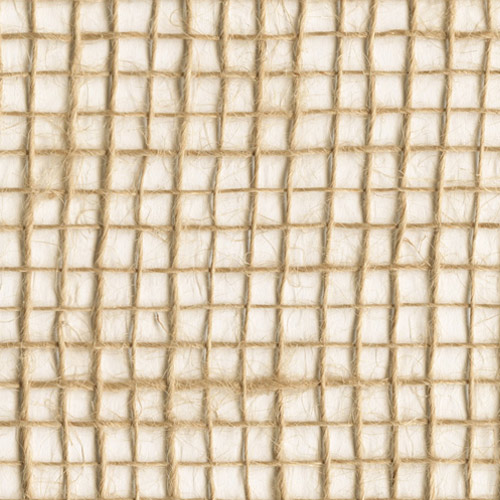
GEOCOMPOSITES
Geocomposites are manufactured with geonets or geogrids laminated with one or two geotextiles; in the first case are used for drainage (e.g. in landfills), in the second for base reinforcement and separation (e.g. roads or large areas).
High Drainage geocomposites: Tenax HD
High Friction geocomposites: Tenax HF
Triplanar drainage geocomposites: Tenax TENDRAIN
Standard Drain Geocomposites: Tenax SD
High Modulus geocomposites for base reinforcement: Tenax GT HM
Traditional geocomposites for base reinforcement: Tenax GT
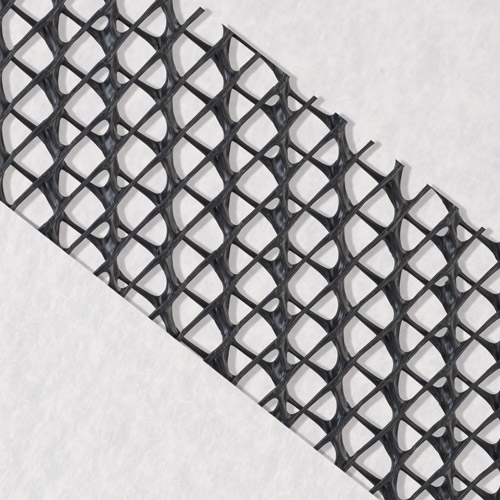
GEOTEXTILES
Geotextiles are manufactured with synthetics fibers and are used for separation, filtration, protection and reinforcement; they can be woven, nonwoven and knitted.
Woven geotextiles
Woven geotextiles are manufactured by interlacing, ususally at right angles, two or more sets of fibers, filaments, tapes or other elements.
Nonwoven geotextiles
Nonwoven geotextiles are manufactured by bonding of directionally or randomly oriented fibers.
Knitted geotextiles
Knitted geotextiles are manufactured by interlooping one or more fibers, yarns, filaments or other elements.
GEOMEMBRANES
Geomembranes are waterproofing materials and can be synthetics, bituminous or bentonitic.